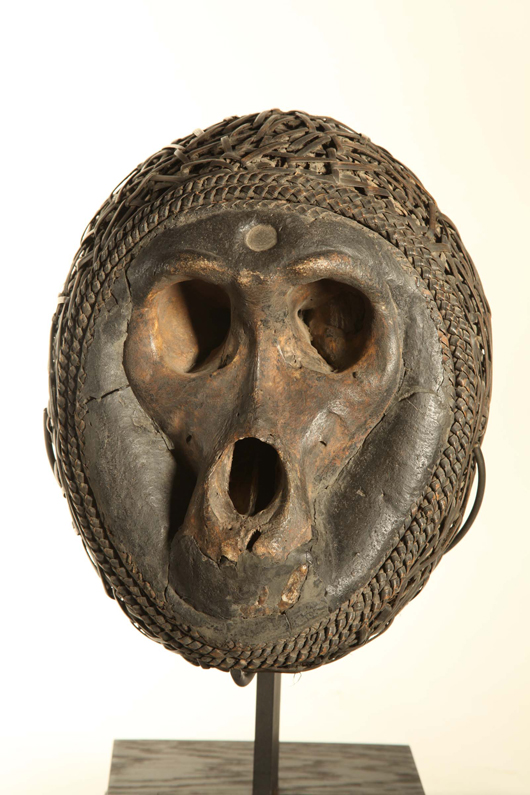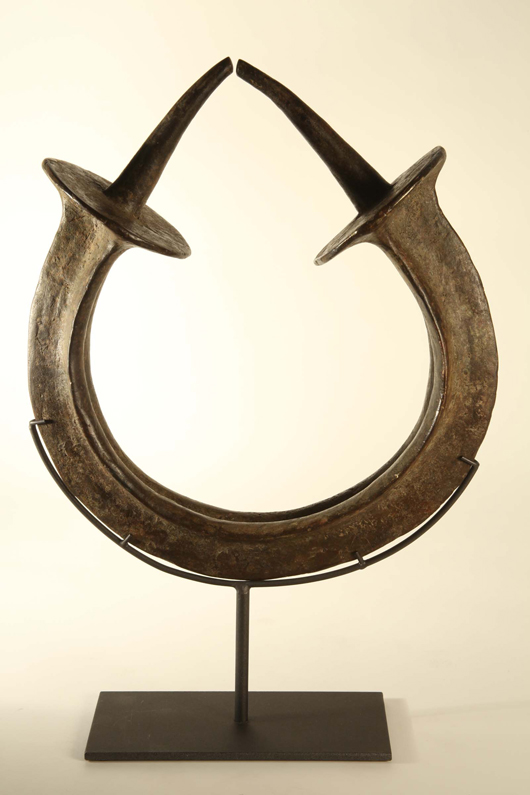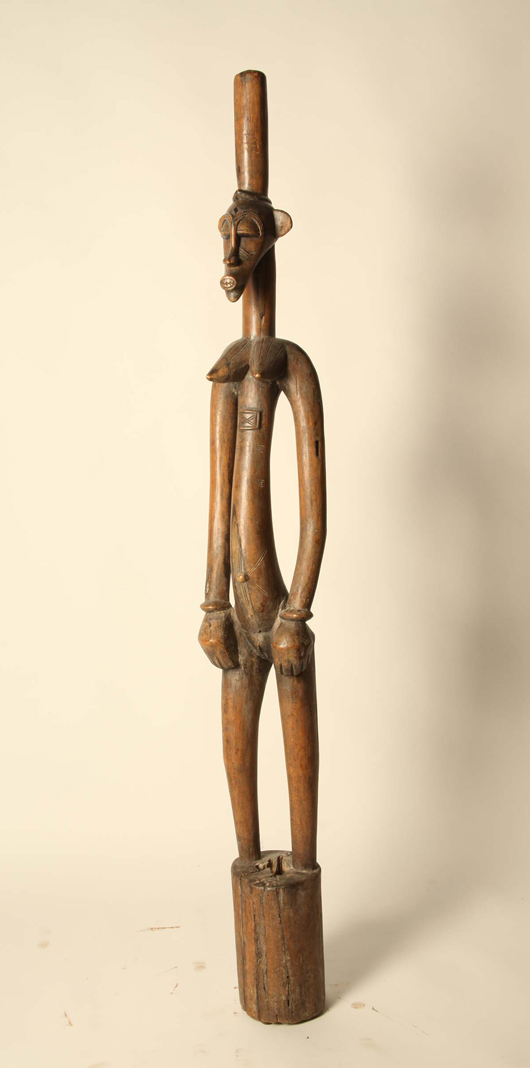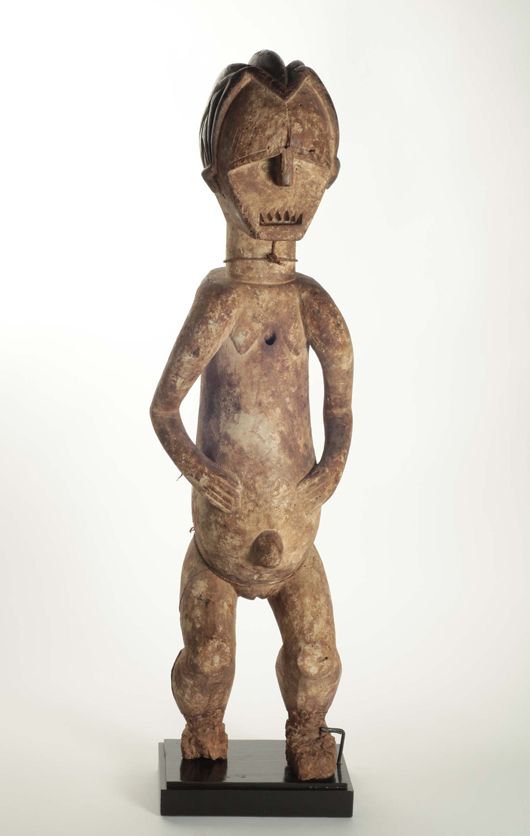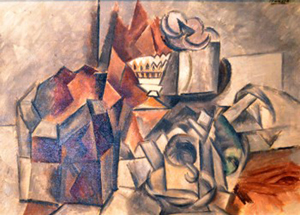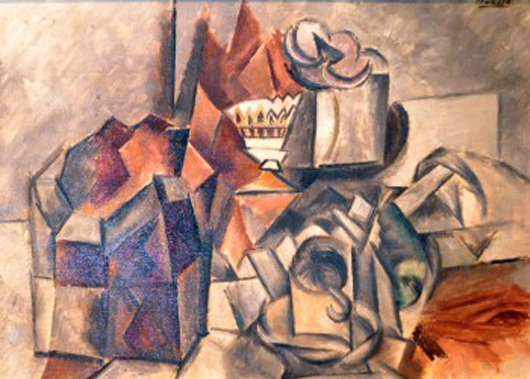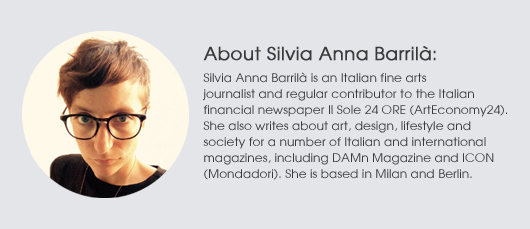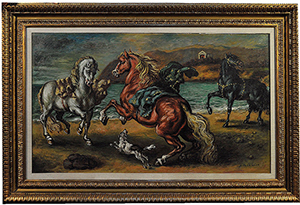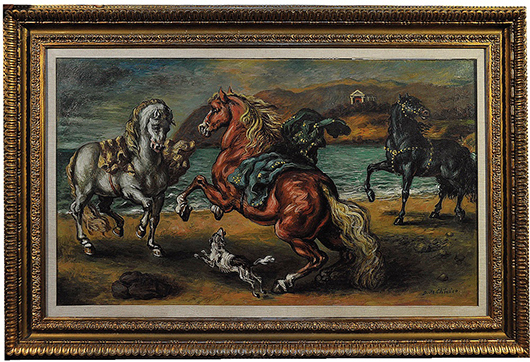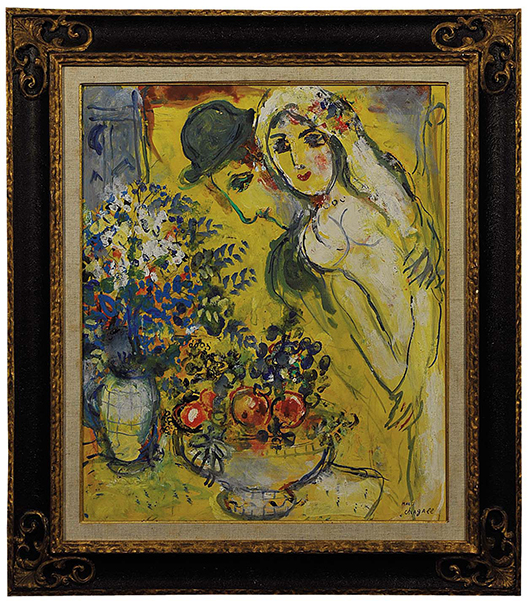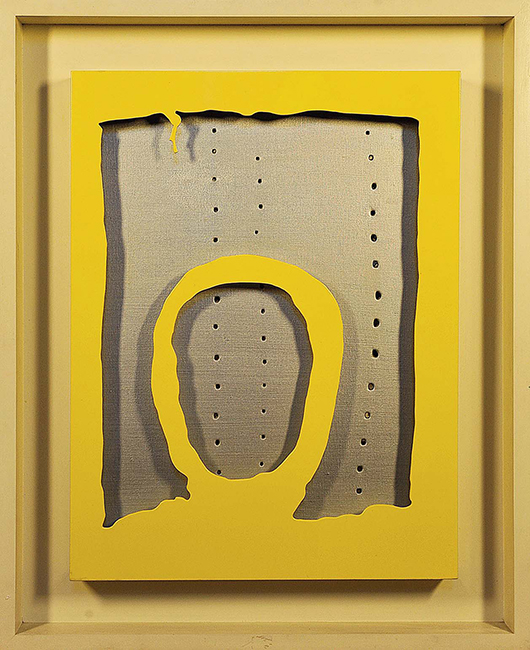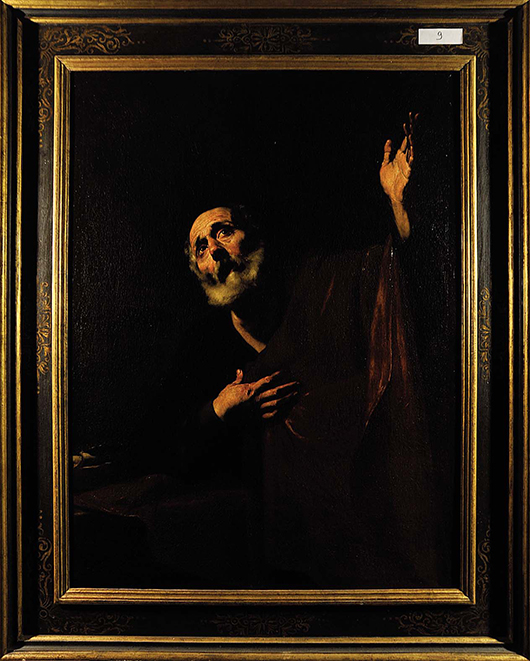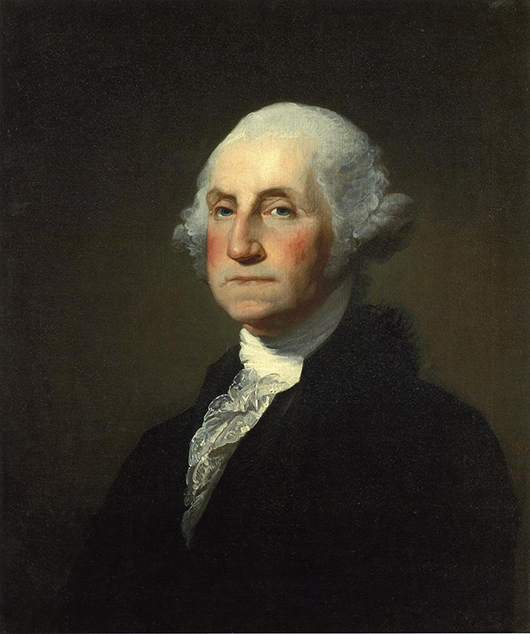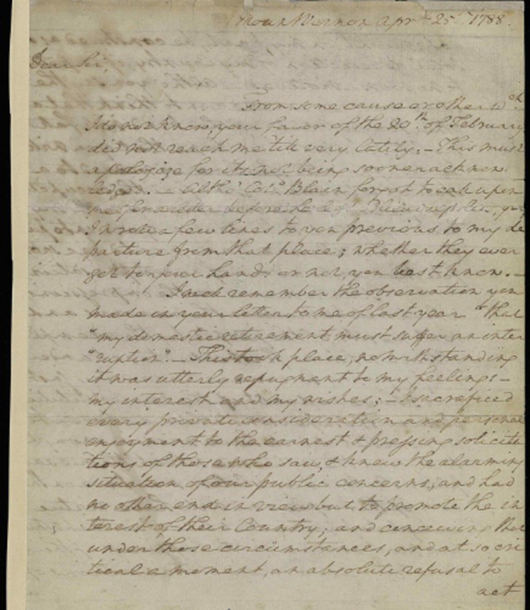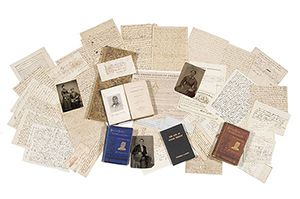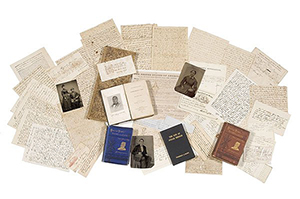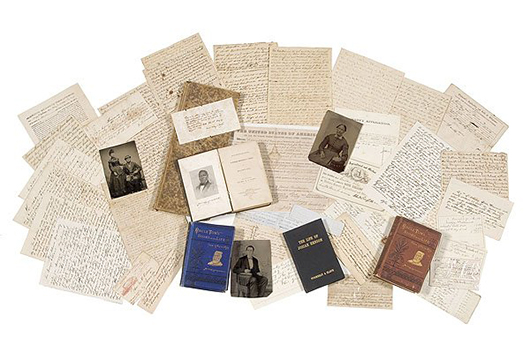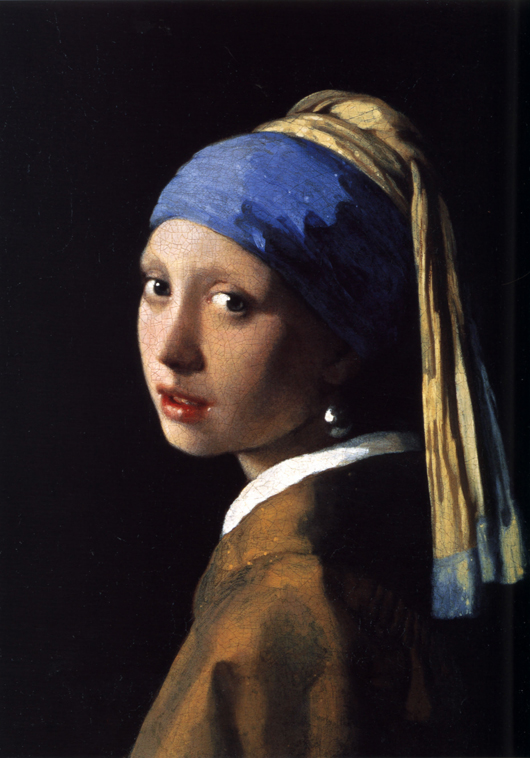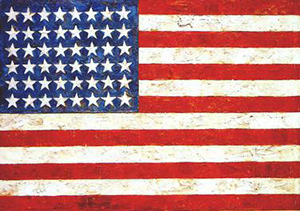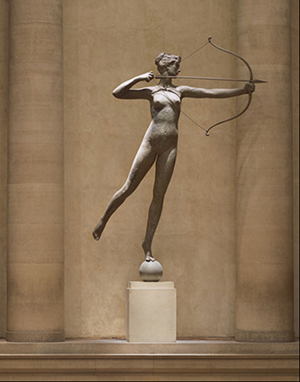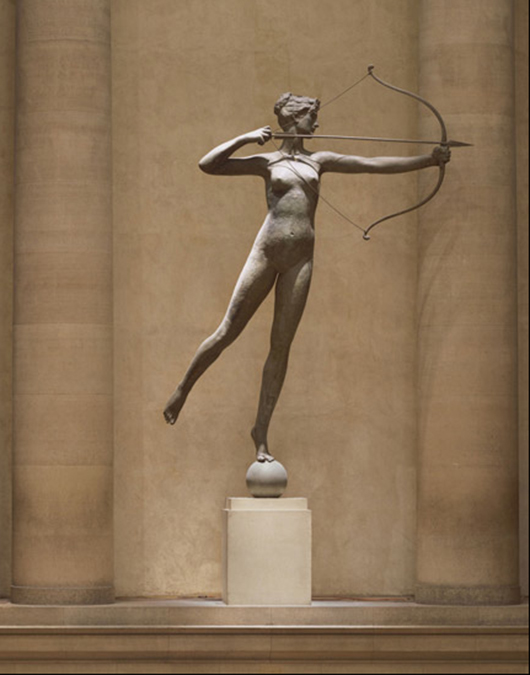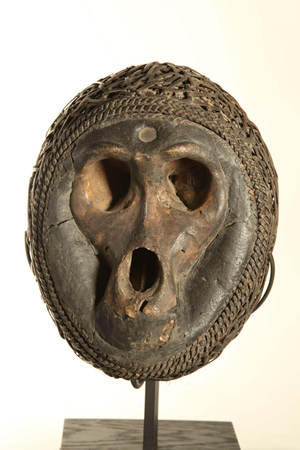
GENOVA, Italia – La casa d’aste genovese Cambi tiene il 25 di giugno un’asta solo online dedicata all’arte africana. Auction Central News ha intervistato lo specialista, Paolo Novaresio.
Quali sono i caratteri del mercato dell’arte africana in Italia?
Il mercato dell’arte africana in Italia è iniziato tardi, solo negli ultimi venti anni, mentre in Francia, Belgio, Stati Uniti, Germania, Olanda è iniziato già agli inizi del Novecento ed ora è molto più sviluppato. In Italia il collezionismo di arte africana è diffuso soprattutto al nord, Torino è un centro importante con collezionisti e studiosi. Alcune mostre come quella di Firenze nel 1989 al Forte di Belvedere intitolata “La grande scultura dell’Africa Nera,” a Torino nel 2003 (“Africa. capolavori da un continente” alla GAM) e ad Asti nel 2008 (“Africa in Forme” al Battistero di San Pietro) hanno contribuito allo sviluppo del collezionismo, ma rimane comunque un mercato di nicchia. Gli oggetti all’asta provengono quindi da alcune collezioni italiane, specialmente dal Piemonte e dalla Lombardia, che con gli anni si affinano, ma anche da collezioni internazionali. La vendita è rivolta ad un pubblico internazionale.
Dove sono stati prodotti gli oggetti all’asta?
I pezzi provengono prevalentemente dall’Africa occidentale e centrale, in particolare dal bacino del fiume Niger e Congo.
Quanti lotti ci sono e quali sono i più importanti?
In totale i pezzi all’asta sono 160, prevalentemente sculture lignee, ma ci sono anche monete tradizionali molto interessanti che hanno forme di oggetti quotidiani ma non hanno valore d’uso, bensì simbolico. Erano diffusi in epoca pre-coloniale e poi sono scomparsi. Per esempio il lotto 94 è una moneta Yoruba a forma di collare proveniente dalla Nigeria di ben 6,5 kg (stima €2.500-3.000).
Altri lotti interessanti sono il lotto 112, una statua pestello della Costa d’Avorio usata per segnare il ritmo delle danze (stima €6.000-6.500) e il lotto 104, una rara statua reliquario con uno sportello sul retro per le sostanze magiche (stima €5.000-6.000). Il lotto 108 è una maternità Fang del Gabon (stima €4.500-5.000); il lotto 33 è importante per la grande potenza estetica (stima €3.000-4.000); mentre il lotto 19 è un cosiddetto “contenitore di forza vitale” (stima €2.800-3.200). Si tratta di un cranio di scimmia inserito in un paniere rotondo che contiene le reliquie. È un pezzo raro e curioso, difficile da trovare anche nella letteratura. Ne esisteranno non più di due o tre esemplari.
Perché sono opere importanti?
Per la qualità e la rarità, che è data dal fatto che alcuni sono oggetti di uso più comune, mentre altri hanno una vita rituale più lunga e sono meno deperibili.
Quali sono i criteri per stabilire la qualità?
La qualità è data da un concorso di fattori: innanzitutto c’è l’aderenza ai canoni tradizionali, perché esistono canoni ben precisi per ogni stile; poi la patina e i segni dell’utilizzazione: devono esserci le tracce d’uso, ma non sempre è facile capire quale fosse la destinazione dell’oggetto; e soprattutto l’opera deve comunicare un sentimento estetico, un’emozione.
Certamente è bene farsi consigliare da un esperto, anche se c’è sempre un margine d’errore.
C’è il rischio di incorrere in falsi?
Certamente, ci sono i falsi che sono stati prodotti per il mercato, ma a volte sono stati fatti dalle stesse mani che producono l’oggetto per uso tribale. E poi bisogna distinguere i falsi dalle copie, che sono riproduzioni autentiche, storiche di oggetti di prestigio.
Quali sono i prezzi dell’arte africana?
I prezzi sono molto sottovalutati. Si va da a poche centinaia di euro a 6.000-6.500 euro per pezzi importanti. Quindi se si ha naso e sensibilità artistica è possibile assicurarsi opere uniche e i prezzi sono certamente in salita, così come sono già aumentati negli ultimi venti anni.
Di che epoca sono questi oggetti?
Il problema della datazione è molto spinoso perché non ci sono strumenti per datare con certezza le opere. C’è il test al radiocarbonio che è molto costoso e si fa solo se si pensa che l’opera sia del Cinquecento ma le opere antiche sono pochissime, forse una cinquantina al mondo.
Queste opere all’asta sono della prima metà del Novecento e ciò si evince dalla qualità estetica, forse anche un po’ più indietro, cioè della fine Ottocento. Se gli oggetti sono più antichi, ciò deve essere avvalorato dalle carte, per esempio dalle bolle di dogana.
E oggi vengono prodotte opere di questo tipo?
Sempre meno. Stanno scomparendo così come sta scomparendo la società tradizionale davanti al progresso. In qualche zona remota ci sono ancora manufatti di questo genere ma la qualità è in calo. I piatti tradizionali, per esempio, vengono sostituiti con i piatti provenienti dalla Cina, che sono più pratici. Gli oggetti di culto delle religioni tradizionali animiste diminuiscono davanti all’avanzare di Cristianesimo e Islam.
Gli oggetti sul mercato oggi non provengono più dall’Africa, lì si trova pochissimo e ai prezzi che si trovano anche a Parigi. Gli oggetti in circolazione provengono dall’Occidente, da collezioni costituite venti o trenta anni fa che ora vanno affinandosi e quindi alienano dei pezzi, oppure per un mutamento del gusto.
Quali sono gli oggetti più ricercati?
Dipende dalla moda. C’è stato un periodo in cui i pezzi Dogon del Mali erano ricercatissimi. Oggi si cercano i pezzi Yoruba dalla Nigeria e Luba dal Congo Nord Orientale. Si tratta di diversi gruppi con lo stesso sistema di valori ma con differenze al proprio interno.
Che importanza ha la collezione di provenienza?
In alcuni casi può far schizzare i prezzi alle stelle, pensiamo alle maschere appartenute ai cubisti. Se una maschera è appartenuta a Picasso, Man Ray, o Apollinaire è un documento importantissimo di un’intera epoca, anche se la qualità può non essere eccelsa perché all’epoca non c’erano così tante maschere in circolazione.
Qual è stato il ruolo delle Avanguardie artistiche del primo Novecento nella riscoperta dell’arte africana?
Il ruolo di Picasso e in generale degli artisti cubisti, Dada, Surrealisti è stato fondamentale. Sono stati gli artisti che hanno riconosciuto le qualità artistiche universali di quest’arte. Personalità come Picasso, Man Ray, Apollinaire e Paul Klee possedevano arte africana e si ispiravano ad essa. Una mostra molto interessante al MoMA di New York nel 1984, intitolata “Primitivism”, ha accostato le opere delle avanguardie e le maschere africane, in un confronto diretto mai più ripetuto.
Dove sono le collezioni più importanti oggi?
Al Musée du Quay Branly e al Musée Dapper di Parigi, al Metropolitan di New York, al British Museum di Londra e al Museum für Volkerkunde di Berlino. In Svizzera c’è il Museum Rietberg di Zurigo e il Musée Barbier-Mueller di Ginevra. Ci sono anche musei decentrati come il Royal Museum of Central Africa di Tervyren, in Belgio.
Cambi d’Aste: http://www.cambiaste.com/uk/cambi-aste.asp
# # #
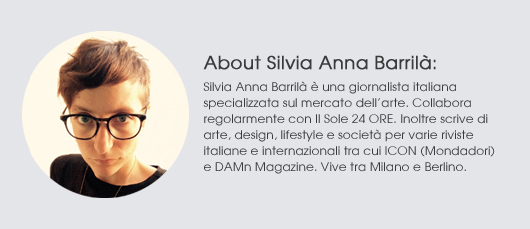
ADDITIONAL IMAGES OF NOTE
